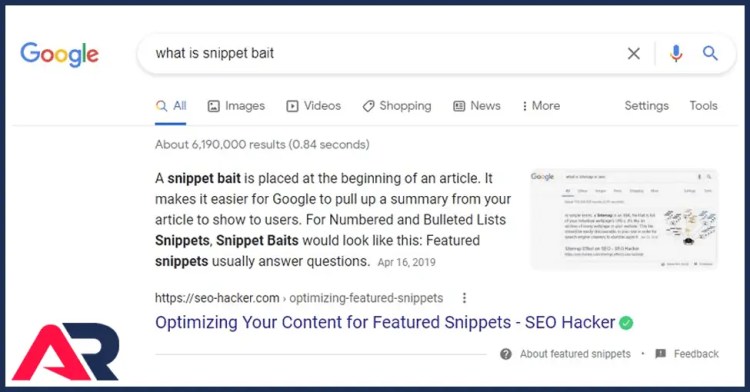“Wow – that’s a lot of traffic!” Most people cringe when they hear this phrase, especially when leaving the office. However, this isn’t the case when it comes to marketers. This is a sweet symphony to a marketer because it means you’ve done something to boost your traffic.
Most marketing teams work endlessly to increase the amount of inbound traffic to their website. Why? Well, think about it…if inbound traffic to your site increases, the odds are that the number of sales will increase too. It doesn’t take a rocket scientist to link an increase in inbound traffic and sales. However, it’s important to note that any such trend is a pure correlation, not causation. As mentioned, increasing inbound traffic is a top priority for many marketing teams. However, it remains a top marketing challenge year after year.

A quick Google search yields countless marketers who claim to spill the beans on how to boost your traffic. However, it’s clearly wrong to think that each of these “experts” knows the secret sauce to inbound marketing and sales. If that were the cause, wouldn’t every marketer have mastered this piece of the sales puzzle by now?
The reality is that there is no singular secrete to generating inbound traffic. Instead, there are a handful of elements to this mixture. However, it’s important to note that some parts of this mixture are more important than others.
I could easily ramble on about the theoretical side of digital marketing for ages. However, I highly doubt that’s why you’re reading this post. On that note, let’s dive into the good stuff! I’m talking about the tactics that can actually impact the amount of your website’s inbound traffic.
Optimize Your Google My Business Account to Boost Your Traffic

Your Google My Business (GMB) account can drive more inbound traffic than you think. Most companies receive over 1,000 views directly from their GMB links. Furthermore, 84% of this traffic comes from discovery searches, whereas only 16% comes from direct queries.
An updated GMB account with information such as location, hours of operation, business offerings, and images also makes it easier for Google’s algorithms to collect data that can then be used to provide better search results.
You can send stronger signals to Google and potentially earn a higher ranking by refreshing your GMB account on a regular basis and ensuring its accuracy. In fact, Moz found that over 25% of the local ranking factors for Google come directly from GMB – including proximity, categories, and keywords in the business title.
Elite Strategies conducted a study to measure the impact that an updated GMB had on traffic. They found that after just 30 days, traffic grew by 68% by simply updating the content of their account.
Publish Reviews on Multiple Sites
We all know the value of reviews for building trust with customers. However, did you know that reviews can also boost your inbound traffic?
BrightLocal reports that 86% of consumers actively search for reviews before making a purchase. Customers also prefer to buy from a business with at least 40 published reviews.
According to Moz, 15% of ranking signals came from reviews. This means that the more published reviews you have, the better your chances are of ranking and driving more traffic to your site.

Buyers actively seek out customer reviews, so make sure to publish them on other trustworthy sites instead of just your own. This builds up more links and also boosts your traffic.
For instance, Laguna Pearl (Los Angeles, CA) partnered with Google-licensed review sites, such as Trustpilot, to increase the velocity and diversity of the customer reviews. Doing so resulted in a 38% increase in CTRs from advertisements and organic traffic. This shows a strong correlation, but not causation, that publishing reviews helped increase their rankings.
Optimize Content for Rich Snippets
The majority of question-based queries bring up a featured snipped and these links get about 8% of all clicks. This means that optimizing your content for these snippets is a surefire way to boost your traffic.
Furthermore, voice-activated devices – such as Alexa and Google Home – rely on these snippets for their answers. Voice search is steadily increasing, so creating content designed for rich snippets is another great idea.
One of the best ways to make this happen is to incorporate “snippet bait” into your content. This entails including a paragraph at the beginning of your posts that provides a summary or answers a question.

Naturally, you’ll need to conduct thorough keyword research and target long-tail keywords related to your industry. Furthermore, you need to organize your content in a way that Google can quickly find featured snippets. You can make this happen by including subheadings, lists, and tables when appropriate.
Get Involved in Forums
Your rankings will skyrocket as your earn more backlinks and mentions.
Backlinks give your site a better chance of driving in visitors from additional sites outside of the Google SERPs. This is why many companies submit written articles to trending industry blogs.
While engaging in forums is certainly a great idea, there is ample evidence that doing so can also increase traffic to your site. Through engaging in relevant online communities, sharing valuable insights, and including links to your site, you can begin to target niche audiences that are likely interested in your business.
The marketing team at Ahrefs uses this tactic by answering questions on Quora. They actively target questions related to their core offerings – SEO and digital marketing – and developed a reputation as a trusted resource. This, in turn, resulted in regular traffic via Quora, much of which converted into clients.
Closing Thoughts
There are thousands of tricks and best practices when it comes to generating more traffic. However, the above tactics have been proven to work. The key here – as always – is to understand what your customers want and provide it. It doesn’t matter if we’re talking business information, customer reviews, or answers to their most pressing questions. When all is said and done, it is vital that you provide what your customer base wants. Any questions…great! Now get to it!





